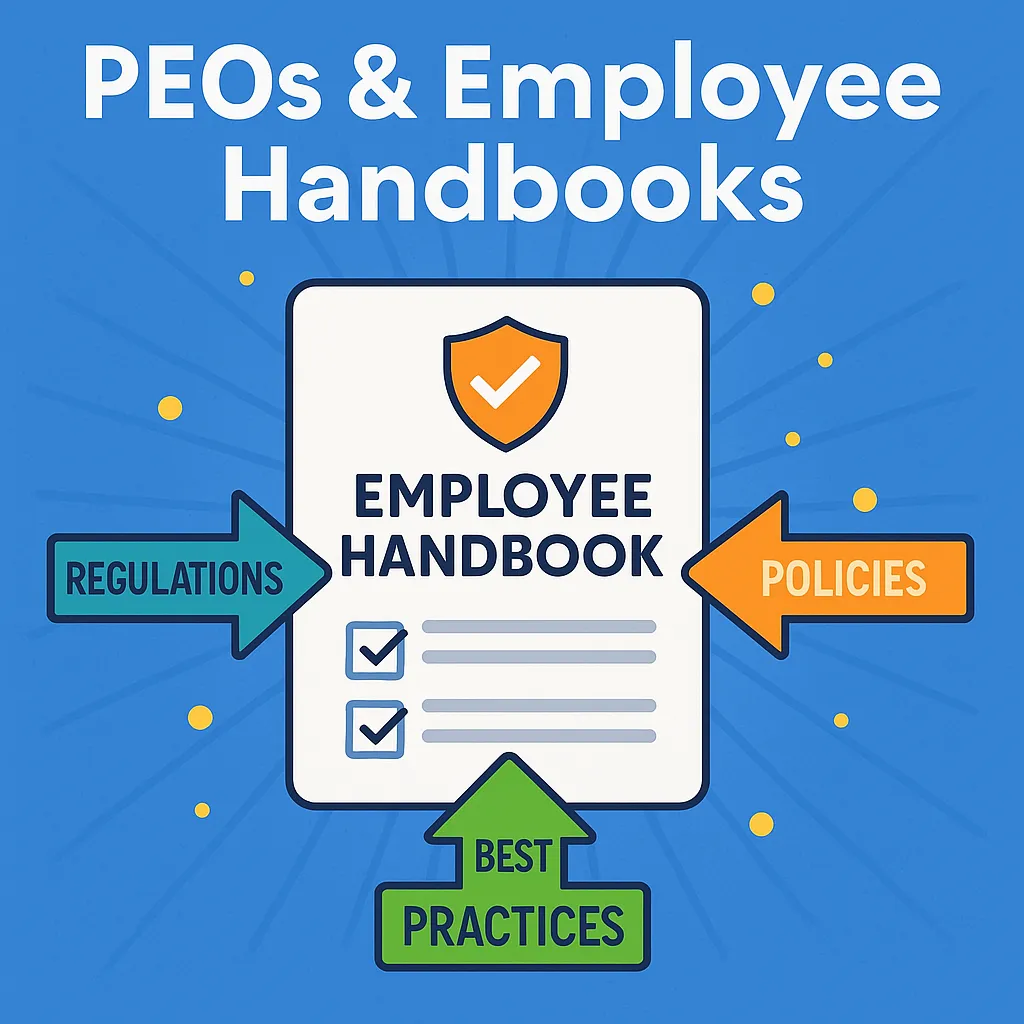
Everything Business Owners Need to Know About the Onboarding Process

If you’re like most business owners, you’ve heard about Professional Employer Organizations (PEOs), but you’re not entirely sure how to actually get started. What documents do you need? How long does it take? How do you know you’re choosing the right one?
In this post, based on Episode 3 of The PEO Playbook, host Chad Filley outlines the exact steps to get your business up and running with a PEO the right way—from underwriting to enrollment to first payroll.
Step 1: Data Collection
Getting started with a PEO begins with gathering essential documents. If you’re coming through a property & casualty insurance agent, they’ll typically provide:
ACORD app (basic company info)
Loss runs (past workers' comp claims)
If you're working directly with a PEO consultant like Staff Brokers, you'll fill out a Request for Proposal (RFP) form and provide the same data. If your company is too new for loss runs, you’ll sign a loss history affidavit instead.
Step 2: Discovery & Fit Assessment
Once documents are submitted, a discovery call is held to identify your business’s pain points and goals. Are you:
Struggling with workers’ comp?
Tired of doing payroll yourself?
Needing HR support or employee benefits?
This is where the right PEO match is made. Not all PEOs are created equal—some specialize in white-collar, others in construction, some want 25+ employees, while others serve 1–5 person teams. Fit matters.
Step 3: Underwriting
Once the initial data is in, the proposal is submitted to underwriting. Depending on complexity, this can take 2 hours to 1 week. Higher-risk industries like roofing, staffing, or transportation may require:
Additional safety questions
Social media audits (yes, they check your Instagram!)
Pro tip: If your website or social feed contradicts your application (e.g., you're on a roof but said you don’t do roofing), expect follow-up questions.
Step 4: Proposal & Pricing Options
PEO proposals generally come in two formats:
Line-item pricing – Breakdown of taxes, comp, admin fees
Bulk pricing – One flat percentage per $100 of payroll
You’ll receive a clear cost analysis, and if multiple vendors qualify, Staff Brokers helps you compare value, fit, and service options—not just pricing.
Step 5: Enrollment & Setup
Once you choose a provider, onboarding begins. Each employee completes:
A simple employee application
I-9 verification
Payroll registration (paper or electronic via DocuSign)
This can take as little as 1–2 days or longer depending on employee count and tech savviness. Employers who collect data in spreadsheets speed this process up dramatically.
Step 6: First Payroll
After enrollment, expect a 7–14 day cycle before your first check. Example timeline:
Day 1: You’re approved
Day 7: Payroll week starts
Day 14–17: First payroll is processed
You’ll turn in hours weekly and get full visibility into costs. Missing digits can delay payments, so precision matters.
Why Choosing the Right PEO First Matters
The worst thing a business can do is jump into a cheap option that isn’t the right fit. Why? Because:
Switching PEOs means repeating the entire onboarding process
It frustrates your team
It costs time, energy, and money
That’s why Staff Brokers acts as your advocate—helping you find the right PEO up front and walking with you through every step.
Final Thoughts: From Setup to Scale
The right PEO relationship can last 5, 10, even 20+ years. When you partner with a PEO that understands your needs, you gain:
Time to focus on growth
Confidence your team is protected
Systems that scale as you do
Ready to start the process?
👉Visit PEOPlaybook.com and find the right PEO for your business today.
